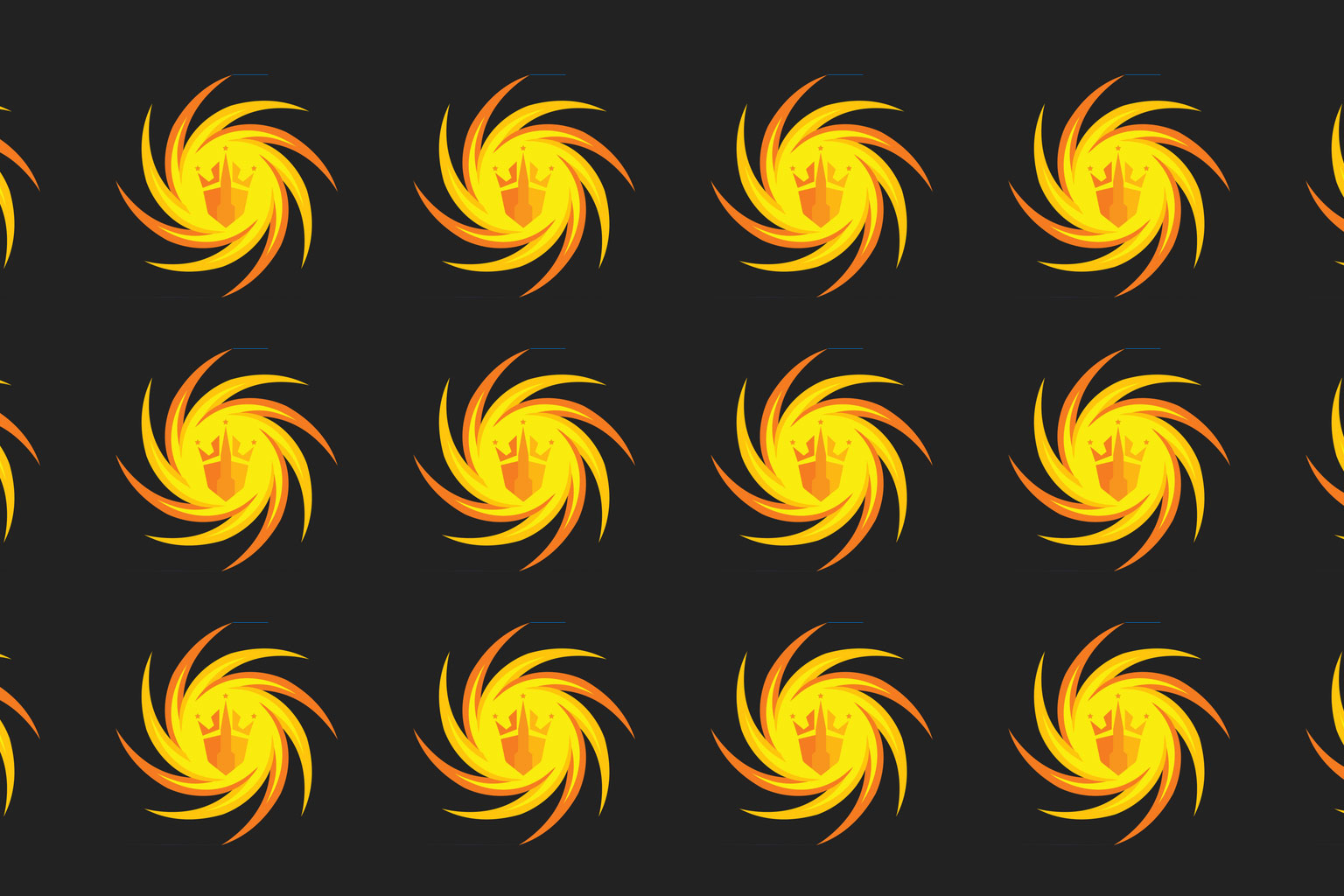The Relative Strength Index (RSI) is a technical indicator used to analyze financial markets. It is intended to chart the current and historical strengths or weaknesses of a stock or market based on the closing prices of a recent trading period. The RSI is displayed as an oscillator (a line graph that oscillates between two extremes) and can have a value of 0 to 100.
Traders use the RSI to help identify market trends and to determine when security is overbought or oversold. Security is considered overbought when the RSI is above 70 and oversold when it is below 30. When the RSI is overbought, it may be an excellent time to sell the security, and when it is oversold, it may be an excellent time to buy. However, it is essential to note that the RSI is a lagging indicator based on past performance and may not be a reliable predictor of future price movements.
How does the RSI indicator work?
The RSI is calculated using the following formula:
RSI = 100 – (100 / (1 + (Average gain / Average loss)))
To calculate the RSI, you must first determine the average gain and loss over a specified number of periods. The default period is 14, but this can be adjusted to suit the trader’s needs.
To calculate the average gain, you must first find the sum of all the gains over the specified number of periods. If the closing price on a given day is higher than the previous day’s closing price, then the gain for that day is the difference between the two prices. If the closing price is lower than the previous day’s, then there is no gain for that day, and the gain is equal to zero. Once you have the sum of all the gains, you divide this number by the number of periods to get the average gain.
To calculate the average loss, you need to do the same thing as for the average gain, but instead of summing the gains, you sum the losses. A loss is calculated as the difference between the previous day’s closing price and the current day’s closing price if the current day’s price is lower. If the current day’s price is higher, there is no loss, which equals zero.
Once you have the average gain and the average loss, you can plug these values into the RSI formula to calculate the RSI.
The RSI is typically plotted on a chart along with the security price and displayed as a line that oscillates between 0 and 100. When the RSI is above 70, the security is considered overbought; when it is below 30, it is considered oversold. However, it is essential to note that the RSI should be used with other technical indicators and fundamental analysis, as it is not a standalone tool for trading decisions.
Be the first to try
Join our mailing list for early access to our service
Related Posts
February 14, 2023
Safesun coin

February 12, 2023
$loomi to USDT

February 8, 2023
XWP Price








